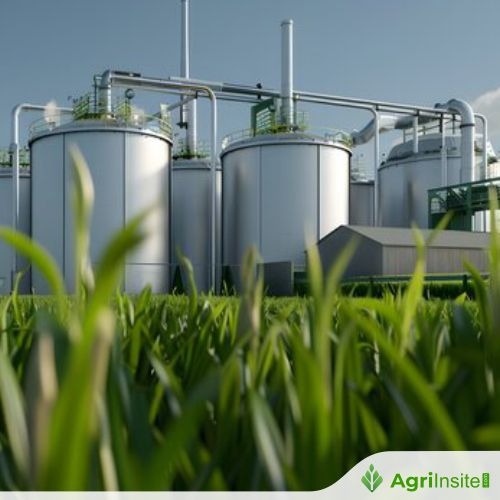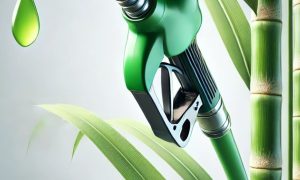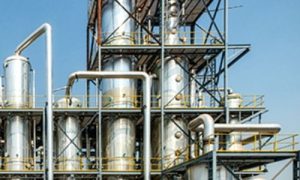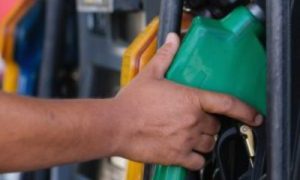Global ethanol production still largely driven by the United States and Brazil

Ethanol production surged 400% globally from 2001 to 2016, driven by government blending mandates. The U.S., Brazil, and the EU dominate the market, with ethanol comprising 10% of U.S. gasoline use. Outside these regions, Argentina, Canada, China, India, and Thailand contribute 80% of the remaining output. Many countries, however, struggle to meet their blending targets.
Ethanol production has increased rapidly over the last two decades, making ethanol an important component of today’s transportation fuels. From 2001 to 2016, global ethanol production grew 400 percent, from 5 billion gallons to almost 27 billion gallons. Historically, the United States, Brazil, and the European Union (EU) were the world’s major ethanol markets. In the United States alone, ethanol makes up 10 percent of total gasoline use.
Government blending mandates (requirements to add a specified percentage of ethanol to gasoline) have helped fuel increases in ethanol production and consumption worldwide. Despite the global increase in ethanol production, however, many countries do not meet their mandates. Of the ethanol-producing countries outside of the United States, Brazil, and the EU, five countries—Argentina, Canada, China, India, and Thailand—account for 80 percent of the remaining production. This chart appears in the ERS report, “Global Ethanol Mandates: Opportunities for U.S. Exports of Ethanol and DDGS,” released in October 2017.
To read more about Ethanol Industry & Bio Energy News, continue reading Agriinsite.com
Source : USDA















